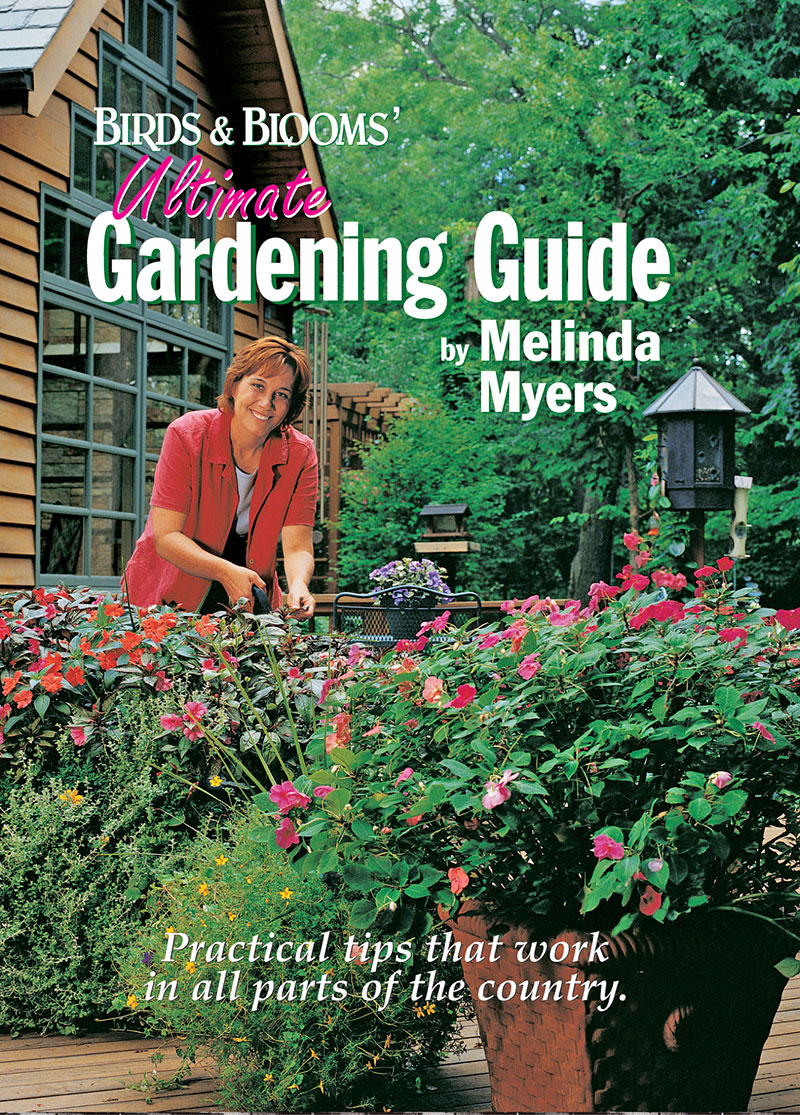
Centipedegrass
- Botanical Name
- Eremochloa ophiuroides
- Height
- Maintain at 1.5 to 2.5 inches
- Light
- Full sun to part shade
- Soil
- Acidic, well-drained, sandy, infertile
- Planting & Care
Centipedegrass is a slow-growing warm season grass that forms a dense turf. Because it requires minimal fertility and less mowing than bermuda or St. Augustine grasses it is often refered to as lazy man's grass. In mild climates, centipedegrass will remain green throughout the year. It does not have a true dormant state and resumes growth whenever temperatures are favorable. It is subject to dieback during hard freezes.
Seeding Rate - 4 ounces per 1,000 ft2. Mix seed with dry sand to help spread this small seed. Seeding is best done from April to July to allow a full growing season for grass to establish and withstand winter injury.
Plugging - Space plugs in rows 1 feet apart or on 1 foot spacings. Firmly tamp plugs to achieve good soil contact. Closer spacing provides quicker coverage and reduces weed development. Keep soil moist to prevent the roots from drying out. Scout and remove any weeds that appear in bare areas between plugs.
Sprigging - Space plugs in rows 1 feet apart or on 1 foot spacings. Firmly tamp plugs to achieve good soil contact. Closer spacing provides quicker coverage and reduces weed development. Keep soil moist until new growth begins and the area is covered in growth.
Sodding - Sod is the most expensive approach, but provides an instant lawn. It also reduces the potential of weed competion. Lay sod in a staggered, brick-like pattern. Make sure edges of sod are fitted tightly together. Roll and water sod to establish good root-soil contact. Continue to water twice daily with 1/4 inch of water for the next 2 to 3 weeks to establish new roots.
- Make sure the mower blade is sharp for healthier and better-looking grass.
- Remove no more than 1/3 the total height of the grass at one time to reduce the stress on the lawn.
- Leave clippings on the lawn. Short clippings DO NOT cause thatch and break down quickly, adding moisture, organic matter, and nutrients to the soil. A season’s worth of clippings equals one fertilizer application.
- The amount of fertilizer your lawn needs should be based on the quality of lawn desired and the time you want to spend managing your lawn. High quality heavily used lawns require the maximum amount of fertilizer, while low maintenance lawns need the least.
- Start with a soil test so you apply the proper amount of fertilizer for your lawn.
- Fertilize low maintenance Southern grasses in April and high maintenance Southern lawns in April, June and August.
- Increase success and decrease the risk of damage by using Milorganite fertilizer. It’s an organic-nitrogen slow release fertilizer that won't burn the lawn and the iron is an added bonus. Plus, the phosphorous is non-leaching. And when the microorganisms work on the Milorganite it releases phosphorous and potassium bound in the soil, making it available to the grass.
- Proper watering helps keep your lawn healthy and enables it to out-compete the weeds. Water early in the morning, if possible, and thoroughly when footprints are left behind. This encourages deeply rooted drought and pest tolerant grass.
- Recent droughts and efforts to conserve water may mean a change of habit. If you allow your lawn to go dormant during drought, minimize foot traffic and play on dormant lawns.
- Don’t apply herbicides or quick release fertilizer to dormant lawns. The fertilizer will feed the weeds and both can damage the dormant grass.
- Once you let your lawn go dormant, leave it dormant until the weather cools and rains return.
- A healthy lawn is your best defense against weeds. When weeds occur it usually means the growing conditions are better for the weeds than your grass.
- Aerate lawns growing on compacted soil or with a half an inch of thatch or more.
- Hand dig small populations of weeds. There are some new tools on the market that make this easier.
- Spot treat weeds using the most eco-friendly products available.
- Always sweep grass clippings and fertilizer residue off the walks and drives. This simple step keeps unwanted nutrients out of our waterways and eventually drinking water.
- Consider using a push or electric mower. It’s good for the waistline and the environment.
- Problems
- Ground pearls, lawn caterpillars, grubs, mole crickets, sod webworms, centipededgrass decline, large patch, dollar spot, nematodes
- Varieties
Covington - uniformly emerald green in color, stays green longer than other varieties
TifBlair - good cold and freeze tolerance, slightly faster growth rate than othe varieties
Related Content
Categories
Upcoming Live Events
& Webinars
April 27, 2024
Ridges & Rivers Book Festival
Viroqua, WI
Register now
April 28, 2024
Flowering Trees and Shrubs
Ebert's Greenhouse Village, Ixonia, WI
May 1, 2024
FREE WEBINAR
Ornamental Fruits and Vegetables
Register now
May 4, 2024
Garden U 2024
New Richmond, WI
Register now
May 9, 2024
FREE WEBINAR
How to Plant Your Rain Garden
Register now
May 11, 2024
Ask The Plant Doctor Q & A
Ebert's Greenhouse Village, Ixonia, WI
May 12, 2024
Ask The Plant Doctor Q & A
Ebert's Greenhouse Village, Ixonia, WI
May 18, 2024
Ask The Plant Doctor Q & A
Ebert's Greenhouse Village, Ixonia, WI
June 1, 2024
Selecting, Planting, Pruning and Caring for Hydrangeas
Ebert's Greenhouse Village, Ixonia, WI
June 5, 2024
FREE WEBINAR
Under-Appreciated Pollinators
Register now
WATCH ON-DEMAND WEBINARS
Learn More













